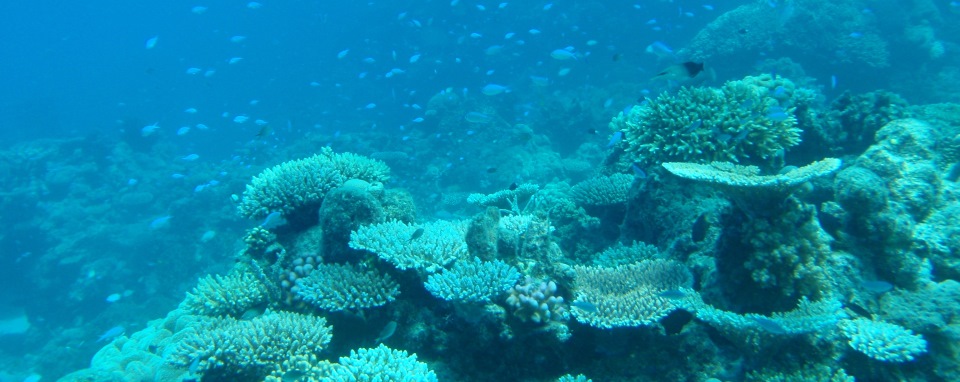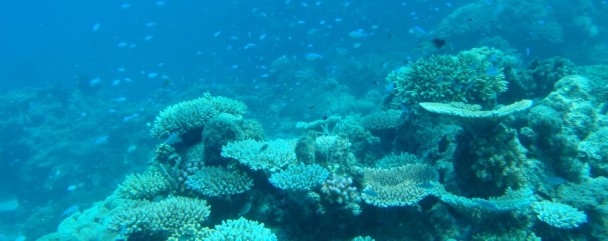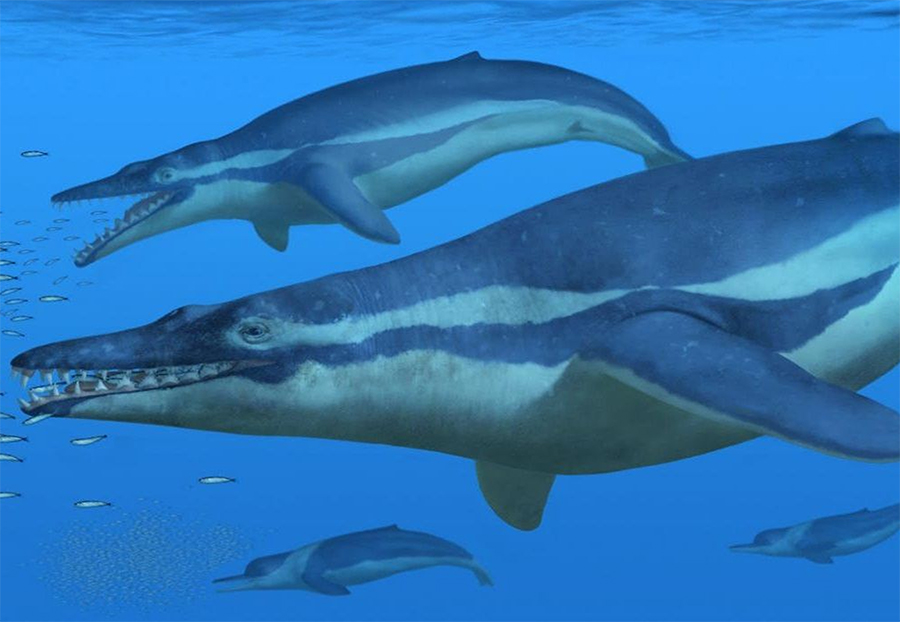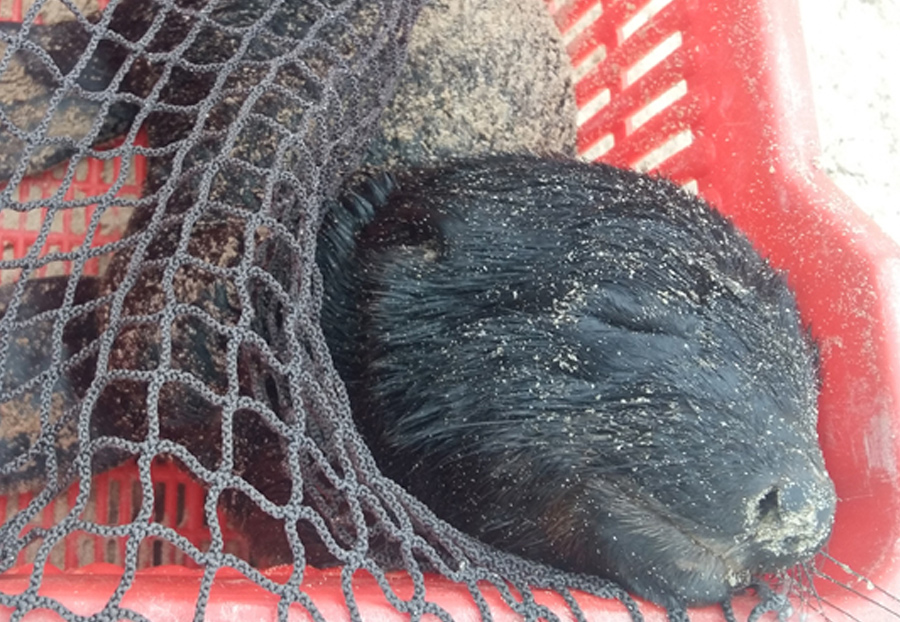What is mutualism?
Mutualism is when two organisms of different species exist in a relationship where both individuals benefit from each other and is a type of symbiotic relationship. One well-known mutualistic relationship in the ocean is the one between Corals and their zooxanthellae. Corals form their calcium skeleton and the zooxanthellae lives in the skeleton. The benefit for the coral is the energy the zooxanthellae create through photosynthesis and the benefit for the zooxanthellae is the protection the coral skeleton gives.
There are three types of mutualistic relationships. 1: Resource-Resource, 2: Service- Resource and 3: Service-Service. Resource- Resource relationship is when one Resource is traded for another e.g. bacteria that fix nitrogen for plants and in return get carbohydrates. Service- Resource relationship is when one organism “pays” for a service with a resource e.g. plants that produce sugar-rich honeydew for ants so they live on the plant and protect them from predators like ladybugs. Service-Service relationship is when both organisms give a service to each other e.g. Clownfish that lives amongst Anemone tentacles. The Anemones will protect the Clownfish from its predators and the Clownfish protect the Anemone from Butterfly Fish that predate on Anemones.
Mutualism plays an important part in nature. More than 48% of all land plants rely on mutualism through Mycorrhiza. Mycorrhiza is created by a fungus that attach around the roots of plants and increases the surface that the plant can absorb nutrients through. This both means that the plant can absorb more nutrients as well as compounds that are in low concentration and hard to absorb otherwise. One of the most important mutualistic relationship is the plant-pollinator relationship where the survival of pollinating plants is dependent on the pollinators to pollinate them. The pollinators cannot survive without the nectar they get from the plants so it’s both a mutualistic and dependent relationship.





